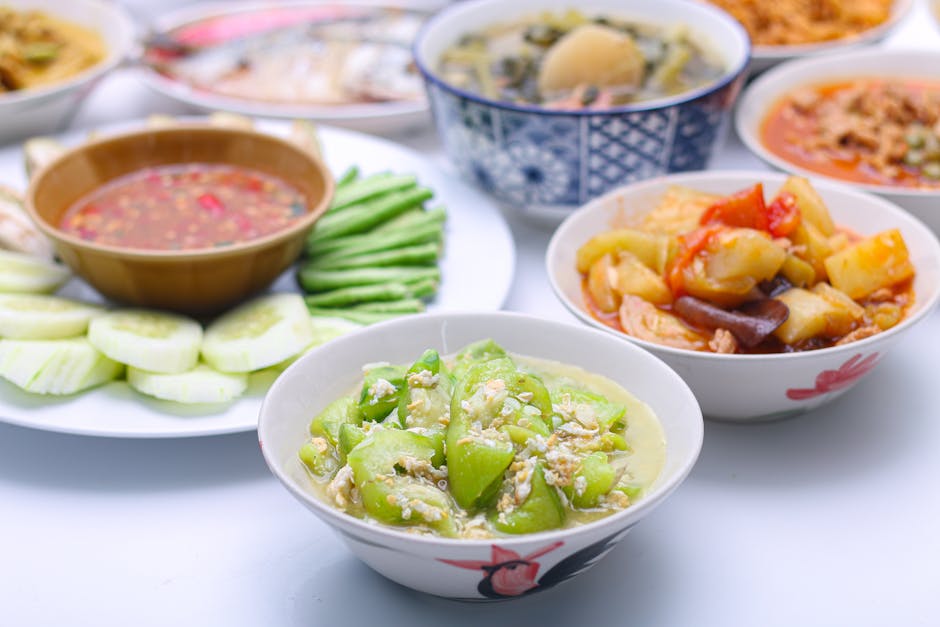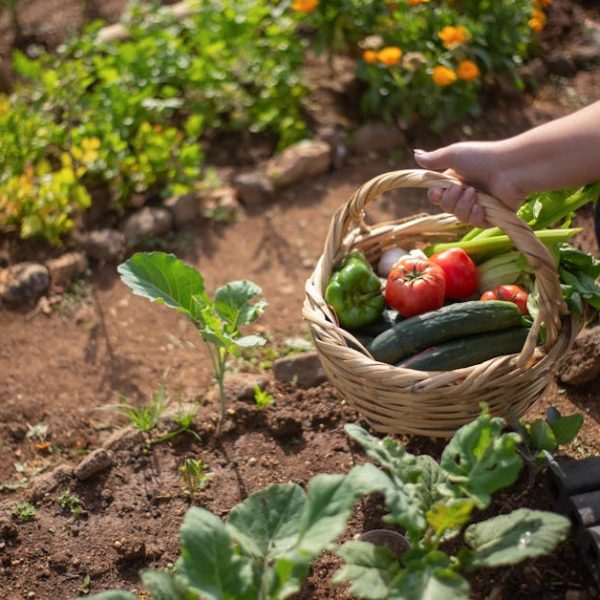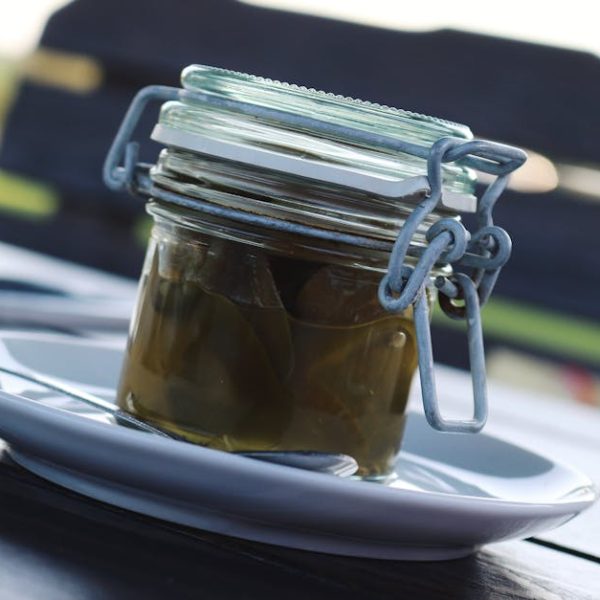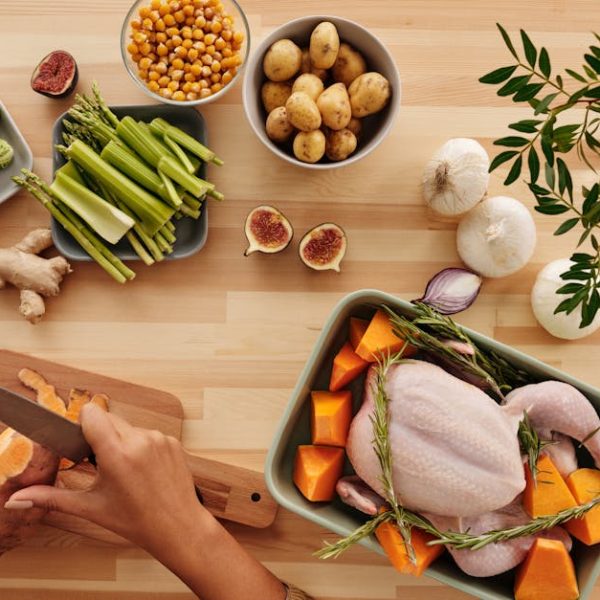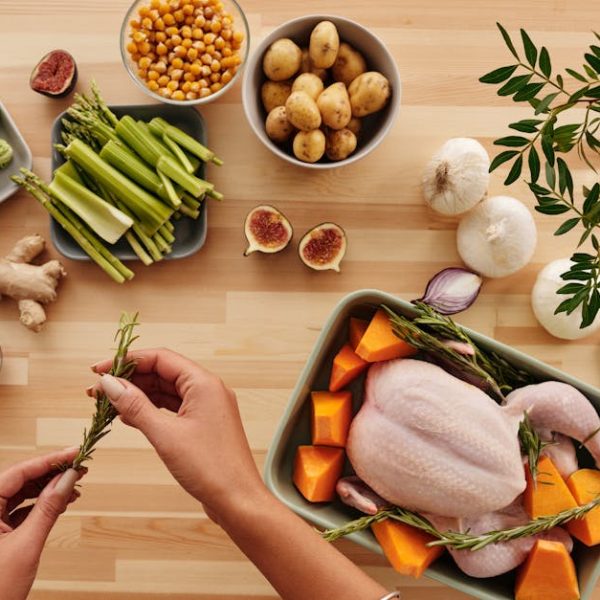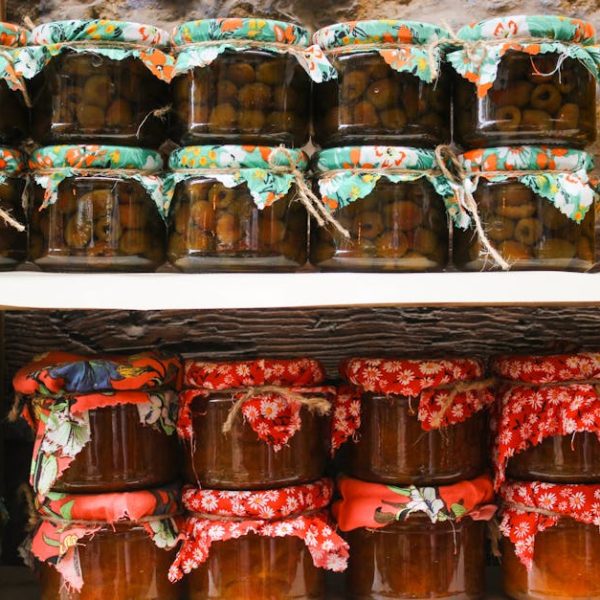The art of pickling okra might seem complex to the uninitiated, but it’s much easier than you’d think. With the proper tools, quality ingredients, and a detailed guide, you can transform fresh okra into a flavorful, tangy, and crunchy treat. Whether you are a pickling pro or a newbie, there’s a technique out there that saves you time, adds a spice kick, sweetens your palette, or marries your favorite flavors.
Understanding the Basics of Pickling Okra
At the heart of each pickling process is brine—a solution of water and salt—and vinegar, the essential ingredients that account for the delightfully sour and tangy flavor unique to pickled foods. The ingredients you’ll need aren’t fancy: fresh okra pods, salt, vinegar, water, sugar, and your choice of spices. As for utensils, a pot for boiling the brine, a clean jar with a tight lid, and a refrigerator or storage space will suffice.
Pro Tip : Use fresh, small to medium-sized okra and ensure your storage container is airtight for optimum results.
Technique 1: Quick Refrigerator Pickled Okra
For a quick fix of tangy goodness, the refrigerator pickling technique is your friend. Simply submerge the okra in a vinegar and water solution, refrigerate it, and voila! Pickled okra in a snap.
- Make brine by boiling vinegar, water, salt, and sugar.
- Pour the hot brine over okra packed in jars.
- Let it cool before refrigerating for at least 24 hours.
The trade-off? It may not store as long as other methods but offers unparalleled convenience.
Technique 2: Spicy Pickled Okra (Canned)
Get ready for a flavor explosion. By adding spicy ingredients like jalapenos or red chili flakes into the brine, you can have a fiery treat that suits your taste buds.
- Prepare the brine as per usual and add your choice of heat.
- Submerge the okra and the spices in the jars.
- Can it using the water bath or pressure canning method.
Pro Tip : Try combining different spicy ingredients, but remember, the longer it stores, the more intense the heat becomes.
Technique 3: Sweet Pickled Okra
If you have a sweet tooth, sweet pickling is for you. It involves adding extra sugar or sweeteners, such as honey, in your brine.
• Increase the amount of sugar in your basic brine mix.
• Submerge the okra in the sweet mix, then can or refrigerate.
Best Practice : Keep in mind the balance—you don’t want it to be so sweet that it overshadows the characteristic tanginess of pickles.
Technique 4: Dill Pickled Okra
Imbibe your pickles with a savory and slightly bitter aroma using dill. This method involves adding fresh dill or dill seeds to the brine.
- Prepare brine mixture with fresh dill or dill seeds.
- Pour mixture over okra in an airtight jar.
- Allow to cure in the refrigerator or can it.
Pro Tip : Crush the dill seeds to better release their flavor into the brine before boiling.
Technique 5: Garlic Pickled Okra
Garlic lovers rejoice! Garlic pickled okra is a technique that infuses your pickles with a robust, pungent flavor to make every nibble an absolute delight.
• Slice fresh garlic and add to your brine mix.
• Pour over okra in an airtight jar.
• Either can it or put in the refrigerator to cure.
However, bear in mind that a high concentration of garlic may overpower the okra’s flavor.
Technique 6: Traditional Fermentation of Okra
This age-old method is not for the faint of heart, but it certainly rewards with subtly nuanced flavors that are worth savouring. Traditional fermentation uses natural bacteria to sour the okra, creating a truly distinctive taste.
- Submerge okra in a saltwater brine in a fermentation container.
- Add any preferred spices and seal the container, leaving a small opening for gases to escape.
- Store in a cool, dark place and patiently wait for the okra to ferment.
Best Practice : Make sure the okra is completely submerged to prevent harmful bacteria from growing. Also, it’s crucial to provide ventilation while keeping the container sealed from pests.
Technique 7: Combination of Techniques
Get experimental! You can mix and match the techniques above based on your preference. Want spicy and sweet at the same time? Go for it. How about garlic with a touch of dill? Sounds interesting, doesn’t it?
Experiment with:
• Different combinations of spices.
• Adjusting the brine’s sweetness, sourness, and saltiness to your liking.
• Mixing techniques, like quick refrigerator pickling with added flavors.
Pro Tip : When combining flavors, take it slow and start with small batches to avoid overwhelming the delicate flavor of the okra itself. Remember, in pickling as in life, balance is key.
Now you are armed with seven awesome ways to pickle okra. So, get your fresh okra, put on your apron, and let’s start pickling! Happy pickling, everyone!
Key Takeaway:
- Pickling okra can range from a simple refrigerator method to a traditional fermentation process, each offering unique flavors.
- The flavor can be enhanced using a variety of spices or sweeteners in the brine.
- It’s essential to use fresh okra and ensure proper storage conditions for optimum results.
- Combining techniques offers a chance to experiment with unique flavors.
Pickling okra is a fun, creative, and delicious process. With the various techniques shared above, you are empowered to create your own jar of perfectly pickled okra that meets your taste preferences. Remember, balance is key to achieving that flavorful tang. Happy Pickling!
FAQs
Q: Can pickled okra be stored at room temperature?
A: It depends on the pickling method. Some methods, like traditional fermentation or canning, allow room-temperature storage. However, quick methods like refrigerator pickling require the okra to be refrigerated.
Q: How long does pickled okra last?
A: Once opened and if stored in the fridge, it will last up to one month. If unopened and properly canned, it can last up to a year in a cool, dark area.
Q: Can pickled okra be reheated and eaten?
A: Pickled okra is usually enjoyed cold, as reheating may cause it to lose its crunch. It’s ready to eat as soon as it’s done pickling.
Q: Do I need any special equipment for pickling okra?
A: Basic kitchen tools like a pot, jars, and lids should suffice for most methods. However, for canning, you may require specific canning equipment.
Q: Can I use frozen okra for pickling?
A: Fresh okra is recommended for pickling as it ensures the best flavor and texture. Frozen okra may result in a less crunchy end result.
Encourage your readers to share this post if they found it helpful. Check out other posts for more culinary tips and techniques.
